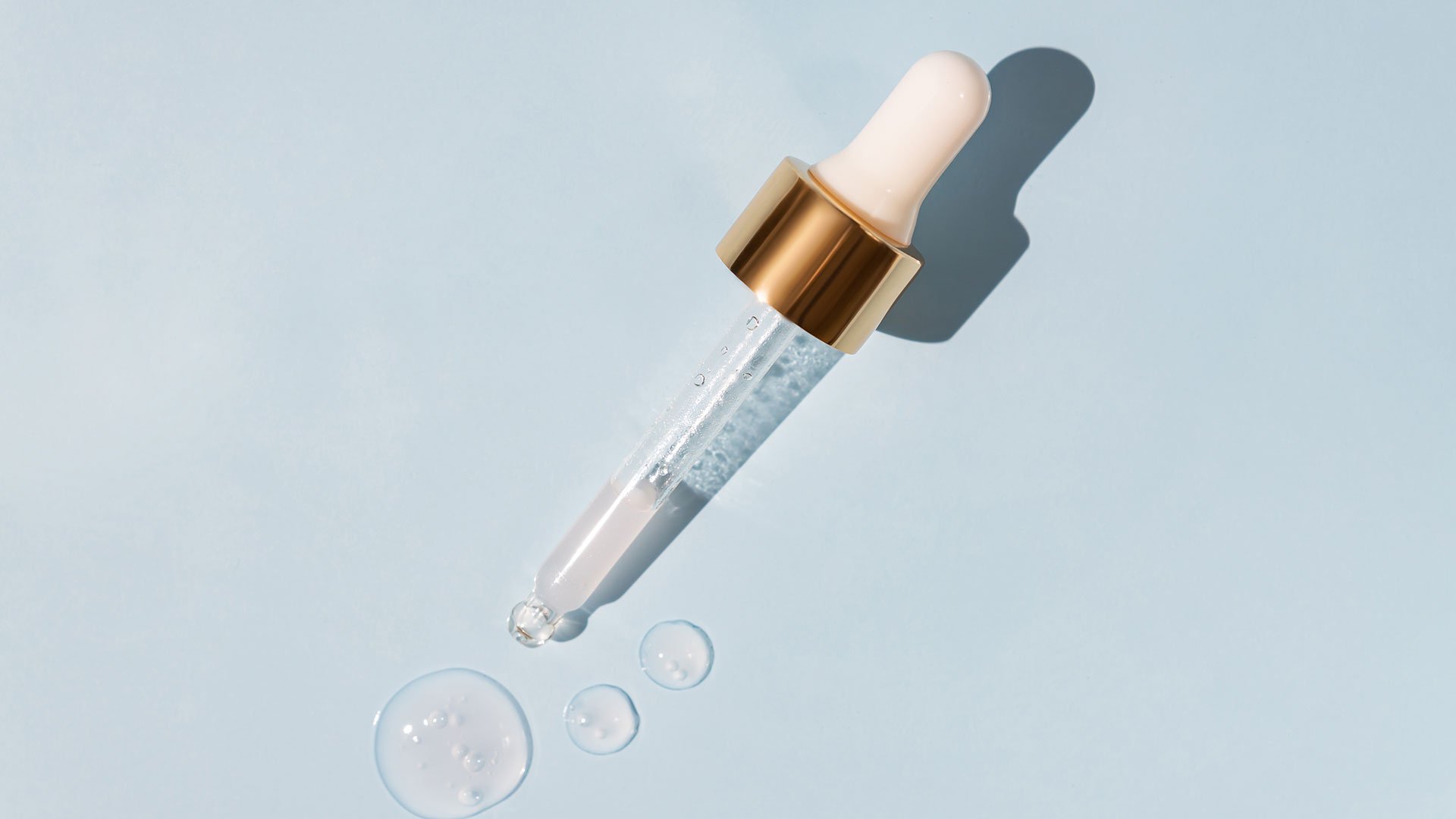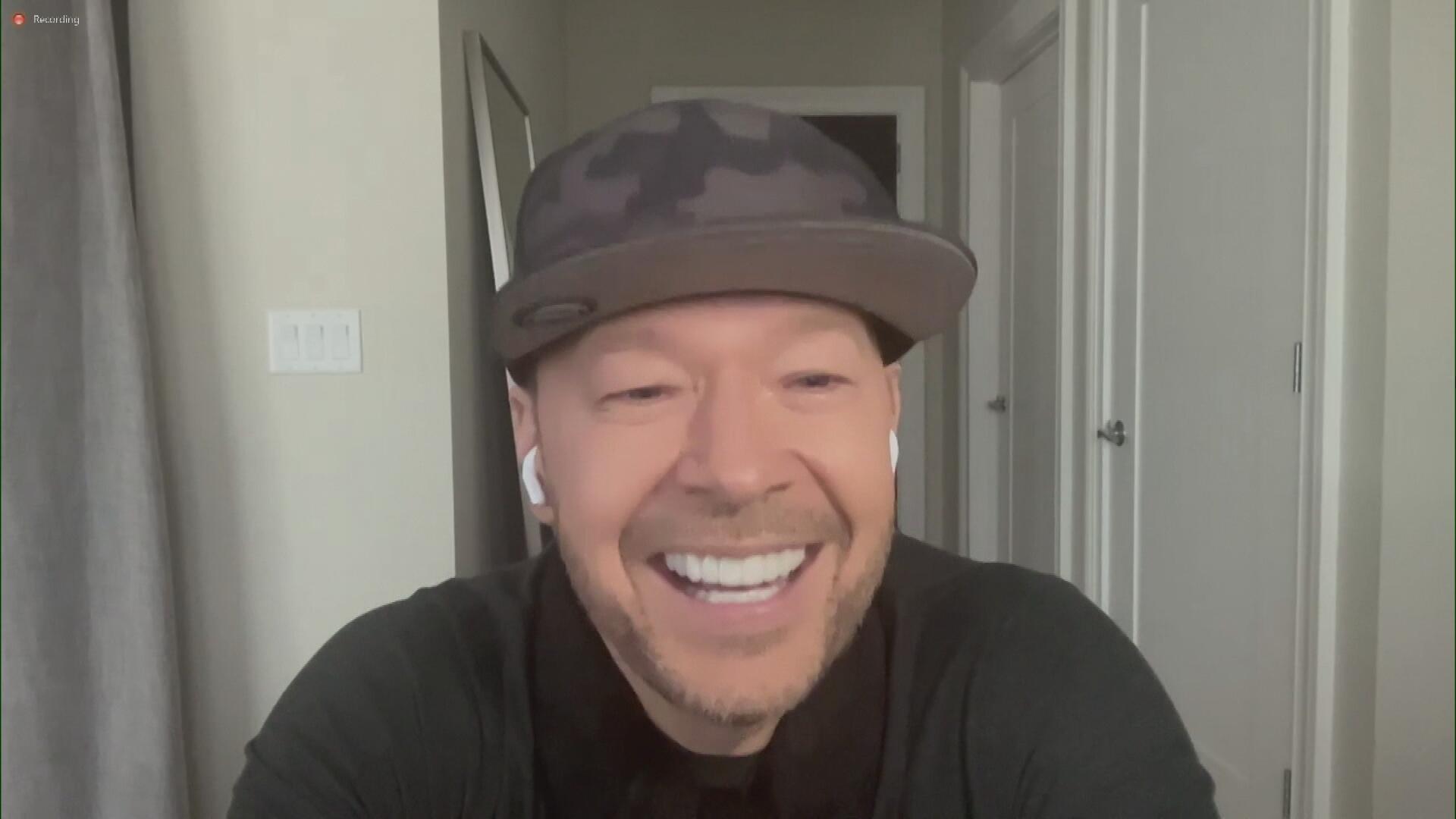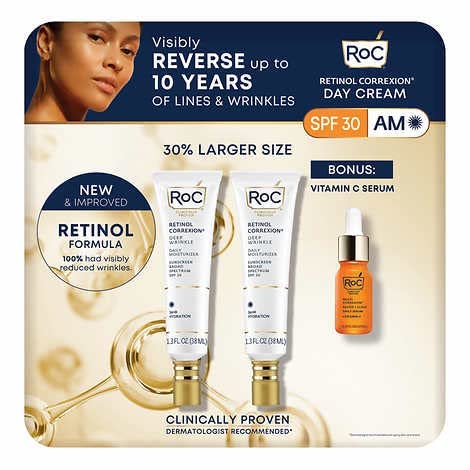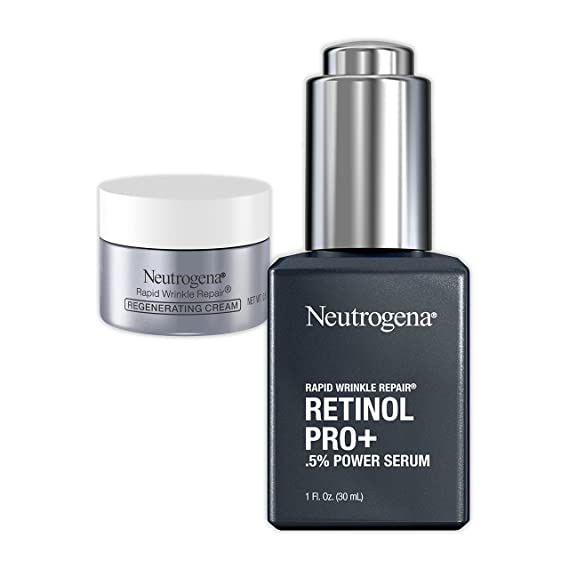

Rach's Derm Shares How to Use Retinol for Anti-Aging + Fave Prod…

Q&A with Organizational Pro Peter Walsh + Dermatologist Shares A…

Actor Hank Azaria + Freezer Meals + Artichokes 2 Ways with Rach

See Inside Barbara Corcoran's Stunning NY Apartment + It's Steak…

How to Make Chicken and Lobster Piccata | Richard Blais

Donnie Wahlberg Spills Details About NKOTB's First Ever Conventi…

Donnie Wahlberg + Jenny McCarthy Say Rach Is Such a "Joy" + Look…

The Best Moments From 17 Seasons of the Show Will Make You Laugh…

How to Make Crabby Carbonara | Rachael Ray

Rach Chats "Firsts" In Flashback From Our First Episode Ever In …

How to Make Apple-Cider Braised Pork Chop Sandwiches with Onion …

Rach's Chef Pals Say Goodbye to Show in Surprise Video Message

How to Make Sesame Cookies | Buddy Valastro

How to Make Tortilla with Potatoes, Piquillo Peppers and Mancheg…

How to Make Shrimp Burgers | Jacques Pepin

How to Make Spanakopipasta | Rachael Ray

Andrew McCarthy Chokes Up Discussing Emotional Trip to Spain wit…

Celebrity Guests Send Farewell Messages After 17 Seasons of the …

Celebrity Guests Send Farewell Messages After 17 Seasons of the …

Andrew McCarthy Teases Upcoming "Brat Pack" Reunion Special

Michelle Obama Toasts Rach's 17 Years on the Air With a Heartfel…
Each product has been independently selected by our editorial team. We may receive commissions from some links to products on this page. Promotions are subject to availability and retailer terms.
We haven't yet figured out the key to stop aging (sadly!). So in the meantime, some people like to combat signs of aging by incorporating anti-aging skincare. We heard from a viewer who wanted to know more about retinol—which is known to help with anti-aging—and how to best incorporate it into your skincare routine.
We turned to Rachael's dermatologist Dr. Anne Chapas—she not only explains everything you need to know about retinol, but also how to seamlessly begin incorporating it into your routine safely and effectively.
"Retinol is actually a vitamin that was discovered in the 1970s, and it's a healthy vitamin for our skin that really helps it grow properly, so that our pores stay open, we have a more even skin tone, we have less darkness in our skin, and fewer fine lines and wrinkles. So, retinol is really a staple of skincare," says Dr. Chapas.
But, before starting retinol right away (like you would with a moisturizer or sunscreen), Dr. Chapas explains that starting with it gradually is the key.
"I advise my patients to really ease into using retinol, because if they put it all over their face every night, they're going to have redness, stinging, irritation, and they're going to hate it. And they're going to stop using it," Dr. Chapas explains.
Instead, start slow. Dr. Chapas recommends starting by putting it on only once a week at nighttime for the first week. "Right after you wash your face, you can put on a pea-sized amount and that's what I advise patients to do," she says.
"Then, if you tolerate it one night a week, then the next week you can start using it two nights a week. And if you tolerate it two nights a week, the next week you can go to three nights a week—and continue on until you find that happy balance with your skin," Dr. Chapas says.
DR. CHAPAS' RECOMMENDED RETINOL PRODUCTS
For a milder retinol: Cream-Based Retinol By Roc
For a slightly more intense retinol: Retinol Pro Plus By Neutrogena
If you have sensitive skin, it's a really good idea to buffer the retinol with another product your skin is already used to—like a moisturizer. You can mix the retinol with a moisturizer and then apply it to the full face that way.
You can also layer retinol by first applying hyaluronic acid serum, then the retinol, and finally the moisturizer. Dr. Chapas calls that a retinol sandwich!
Before starting any new products, though, it's very important to talk to your dermatologist to determine if it's right for you and how you should use it.




